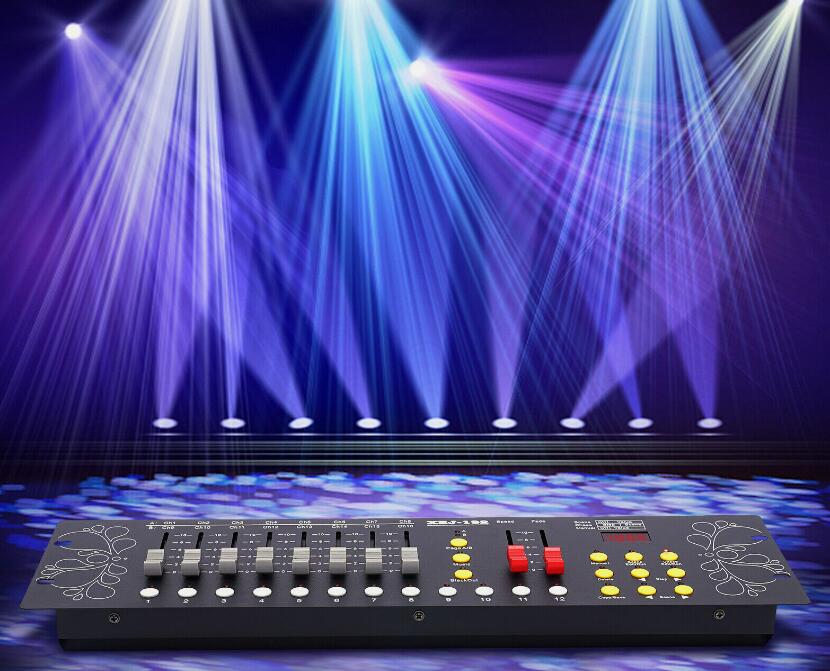Release time:Mar 12,2024View:56570
A DMX (Digital Multiplex) controller is a device used to control lighting equipment, particularly in stage performances, concerts, theaters, and architectural lighting installations. It allows users to manipulate various parameters of DMX-compatible lighting fixtures such as brightness, color, movement, and effects. Here are some common functions typically found in DMX controllers:

Fixture Control: DMX controllers allow users to control individual or groups of lighting fixtures. This includes turning fixtures on/off, adjusting intensity (dimming), changing colors, and manipulating other parameters such as focus, pan, tilt, and beam angle.
Scene/Presets: DMX controllers often support the creation and playback of scenes or presets. Users can program specific lighting setups by storing the desired settings for each fixture into memory. These scenes can then be recalled and played back instantly during a performance.
Chase/Sequence: Many DMX controllers feature chase or sequence functions, allowing users to create dynamic lighting effects. Chases involve programming a series of lighting changes (such as color shifts or intensity variations) to occur in sequence, creating dynamic movement across the lighting rig.
Manual Control: DMX controllers typically offer manual control options, allowing users to adjust lighting parameters in real-time using physical faders, knobs, buttons, or touchscreens. This provides flexibility during live performances or rehearsals.
Patch Management: DMX controllers often include patching capabilities, which involve assigning specific DMX addresses to each connected fixture. This allows users to organize and control fixtures in a logical manner, ensuring that the controller communicates with each fixture correctly.
DMX Channel Control: DMX controllers provide precise control over individual DMX channels associated with each fixture. Users can adjust parameters such as intensity, color, pan, tilt, and various effects by manipulating the corresponding DMX channels.
Master/Slave Control: Some DMX controllers support master/slave configurations, where multiple controllers are linked together to synchronize lighting effects across a larger setup. This is commonly used in complex lighting installations or large-scale productions.
Programming Interface: Advanced DMX controllers offer programming interfaces that allow users to create custom lighting sequences, effects, and macros. This typically involves software-based programming tools or scripting languages designed for creating intricate lighting designs.
DMX Signal Analysis: Some DMX controllers include features for monitoring and analyzing the DMX signal, ensuring proper communication between the controller and connected fixtures. This helps troubleshoot connectivity issues and ensures reliable operation.
Remote Control and Integration: Many modern DMX controllers support remote control options, allowing users to operate the lighting system from a distance using wireless devices or networked interfaces. Integration with other control systems, such as MIDI controllers or lighting consoles, is also common.
These are just some of the key functions offered by DMX controllers. The specific features and capabilities may vary depending on the model and manufacturer.
Shenzhen, China 518103

